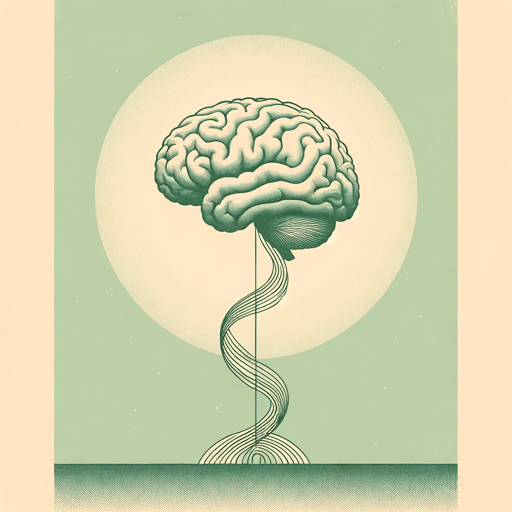46 pages • 1 hour read
Norman DoidgeThe Brain That Changes Itself: Stories of Personal Triumph from the Frontiers of Brain Science
Nonfiction | Book | Adult | Published in 2007A modern alternative to SparkNotes and CliffsNotes, SuperSummary offers high-quality Study Guides with detailed chapter summaries and analysis of major themes, characters, and more.
Chapters 5-8Chapter Summaries & Analyses
Chapter 5 Summary: “Midnight Resurrections”
Chapter 5 explores the extent to which the brain is plastic by observing cases where people were treated for long-term paralysis—focusing on the work of neurologist Edward Taub. It begins with the case of eye surgeon Michael Bernstein, who suffered a debilitating stroke at the age of 54, which damaged his motor cortex on the right hemisphere and paralyzed the left side of his body. Bernstein did not fully recover in typical poststroke rehabilitation, which lasts about six weeks. For example, he could not walk without a cane or make a pincer motion with his left thumb and first finger. It was only during his time at the Taub Therapy Clinic that he fully recovered his motor functions.
The Taub Therapy Clinic uses constraint-induced movement therapy (CI) to help stroke patients recover their motor functions. It creates training programs that take advantage of neuroplasticity to help the brain rewire itself efficiently. Prior to Taub, it was believed patients who suffered strokes and became paralyzed would never recover their motor functions. Behaviorism is a theory that dismissed the effect of mind on body, framing humans as largely passive creatures responding to outside stimuli. For example, the knee reflex is independent of the mind, as the sensory receptors in the area send a signal to the spine, which sends an impulse back to make the muscles of the knee contract—all without passing through the brain.

